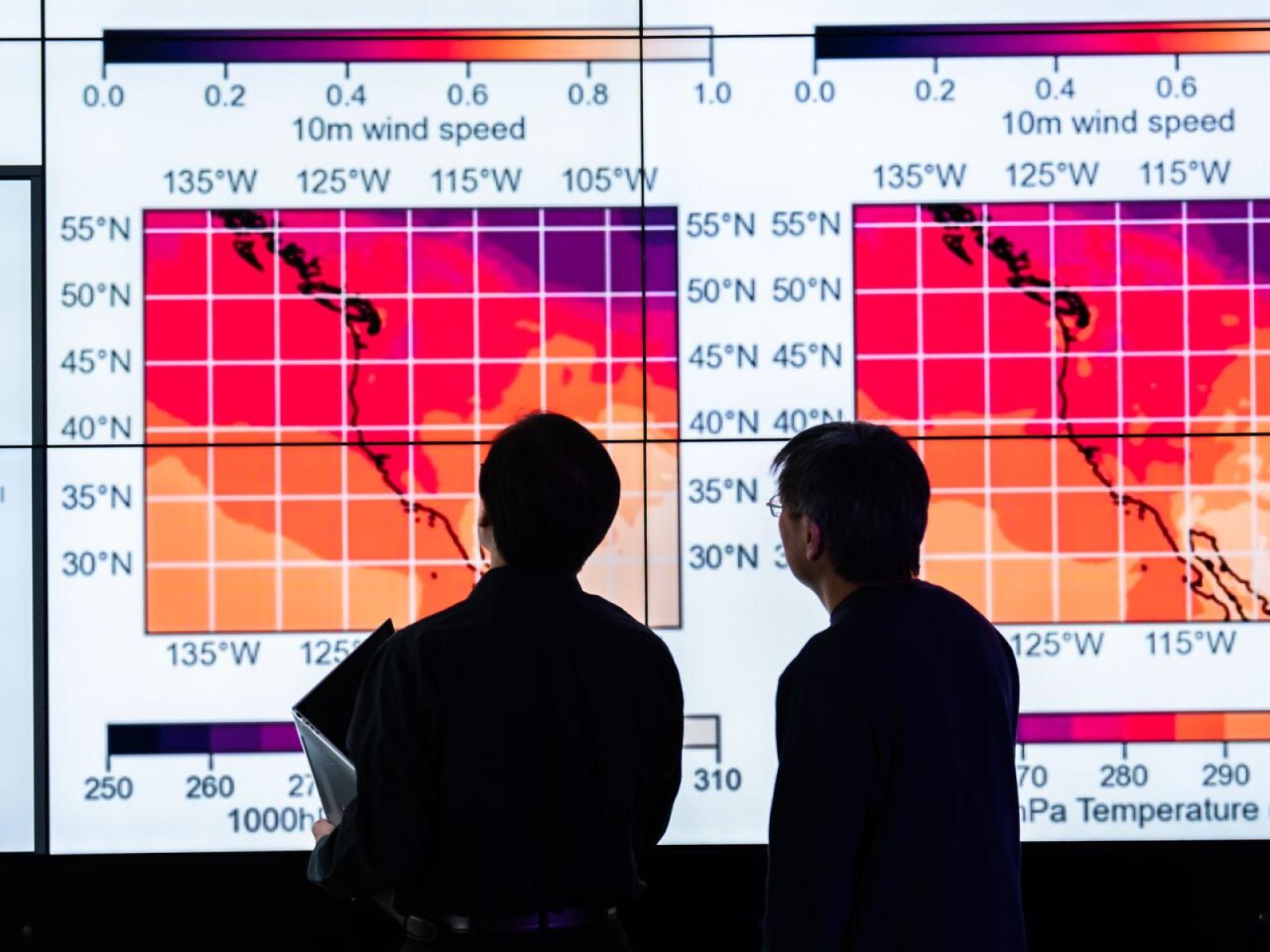A Community Earth-atmosphere Data System (CEDS) for Historical Surface Fluxes
A Community Earth-atmosphere Data System (CEDS) for Historical Surface Fluxes
A data-driven, open source framework of historical estimates for Earth system models, climate models, atmospheric chemistry and transport models, and energy-system analysis models.

Surface flux data is a necessary component of Earth system models, climate models, atmospheric chemistry and transport models, and integrated energy-system analysis models
Photo by Andrea Starr | Pacific Northwest National Laboratory